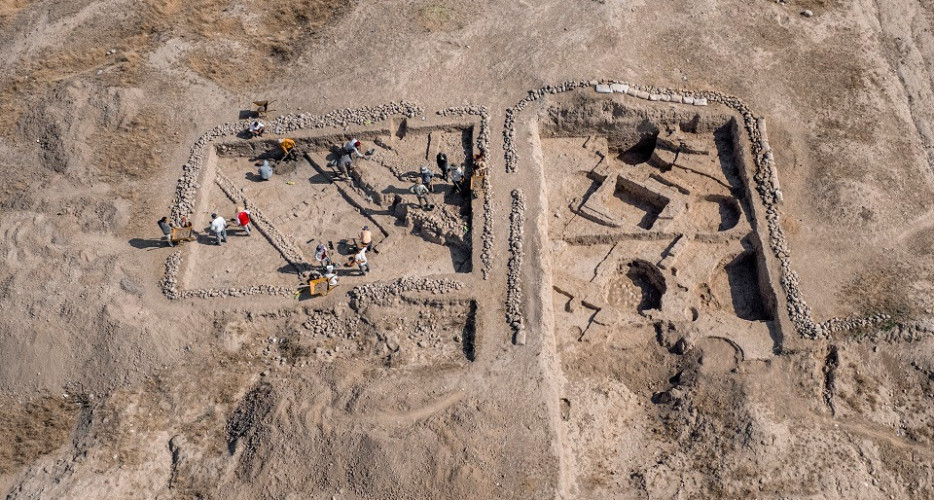Exciting Archaeological Discoveries in Dohuk Province
A team of archaeologists from the University of Udine has uncovered two ancient settlements in Iraqi Kurdistan’s Dohuk province, dating back approximately 8,000 years. The excavation took place in the Rovia sub-district at the Kanispan site, a Neolithic settlement from the 7th millennium BCE.
Bekas Brifkani, the province’s Director of Antiquities and Heritage, shared the discovery with Shafaq News Agency, stating that the sites were found in Asinkran and Kanisban, situated in the Nafkor plain near Rovia. These excavations, conducted as part of the Asingeran Excavation Project in collaboration with the Directorate of Antiquities of Dohuk, provide significant insights into the earliest agricultural societies and their transition into complex communities.
Breakthroughs in Early Agriculture and Craftsmanship
Led by Marco Iamoni from the Humanities and Cultural Heritage Department at the University of Udine, the project has revealed extraordinary findings. In Asinkran, archaeologists identified some of the oldest grain processing and pottery-making techniques, dating back over 8,000 years. Meanwhile, the Kanisban site provided evidence of early agricultural specialization and craft production.
Monumental Architecture and Social Structures
At Asinkran, researchers uncovered two monumental buildings— the Rectangular Mudbrick Building and the White Building—dating back approximately 7,000 years. Constructed on an elevated mound, these structures likely housed the social elite of that period. The presence of such large buildings at Asingeran suggests that early societies had well-developed social hierarchies.
The findings at Kanispan, including early evidence of ceramic production and cereal cultivation, represent a major milestone in prehistoric archaeology. These discoveries help explain how early egalitarian agricultural societies evolved into more stratified communities with specialized labor divisions, a model that influenced the development of modern civilizations.
Scientific Analysis and Future Research
Describing the discovery as a crucial step in reconstructing the region’s history, Brifkani emphasized Kurdistan’s importance as a hub of early civilization. The research team is conducting advanced analyses, including DNA, paleobotanical, and ceramic studies, in collaboration with the National Museum of Denmark and the universities of Padua and Bologna. These efforts will help reconstruct the social organization and agricultural practices of the area’s earliest communities.
The Asingeran site has shown evidence of continuous occupation from the Ceramic Neolithic period through the early 3rd millennium BCE, with significant reoccupation in the 2nd millennium BCE. In addition to prehistoric findings, traces of Ottoman-era dwellings (1500–1800 CE), including small stone houses, hearths, and domestic ovens, have also been discovered.
This groundbreaking research provides a deeper understanding of the early societies that once thrived in Iraqi Kurdistan and their lasting impact on human civilization.







